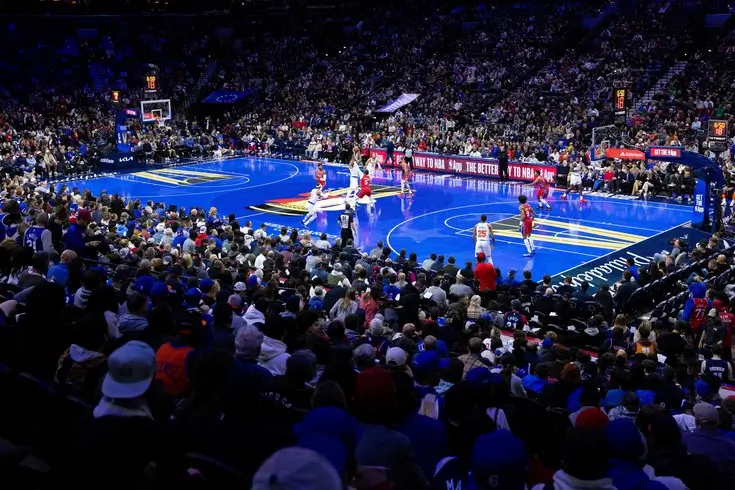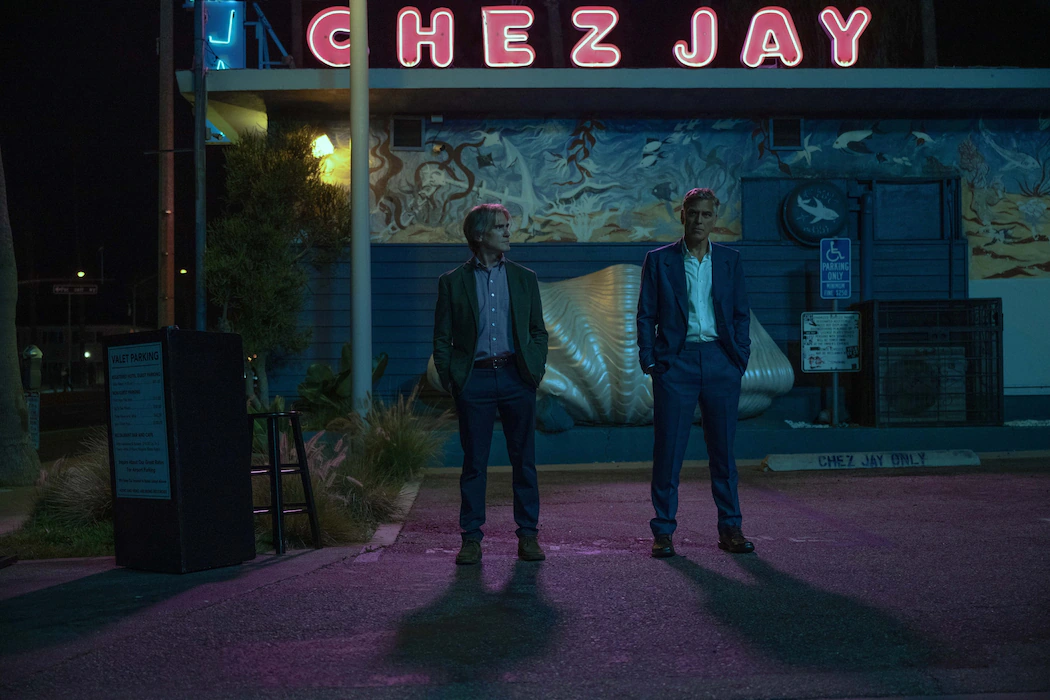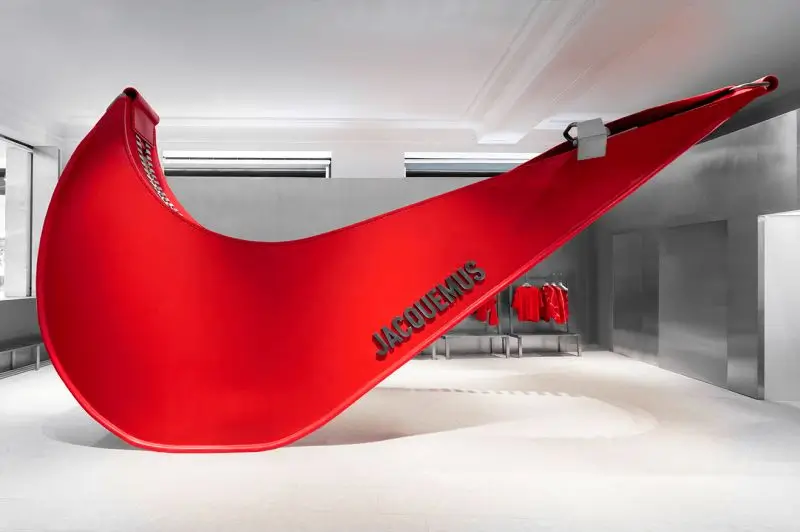Somewhere between the glow of a cathode-ray hotel TV in the early 2000s and the numbing carousel of streaming tiles in 2025, something was lost. Call it serendipity, call it surfing, call it that comforting feeling of stumbling onto the middle of Bring It On in a Marriott while your family gets ready for dinner. In its early golden age, Netflix gave viewers the illusion of control and convenience—choice unbounded, time-shifted freedom. But now, after colonizing our leisure hours with bottomless content, it’s reckoning with its own excess. Yesterday’s announcement of Netflix’s most significant TV redesign in over a decade signals something profound: the platform is no longer just chasing retention. It wants to feel right again.
The new TV homepage, launching globally next week, marks a shift from the infinite scroll of passive thumbnails to something more intentional, even cinematic. Gone are the rows of silent, static previews—a format every competitor dutifully copied. In their place: a reduced number of titles, each brought to life with short video previews reminiscent of YouTube, or more precisely, the lo-fi immediacy of TikTok. This may sound like a minor UX tweak, but in the architecture of modern entertainment, it’s tantamount to rebuilding the foyer of a billion-dollar palace.
The Death of Choice Paralysis
Netflix’s Chief Product Officer Eunice Kim was candid: “Half of our 300 million members open the app without knowing what to watch.” This isn’t laziness—it’s overstimulation. As platforms multiplied and catalogues ballooned, the modern viewer became trapped in an eternal prologue of decision. You open Netflix. You scroll. You watch trailers. Maybe you add a few things to your list. Then, exhausted, you watch The Office for the fifth time. This behavioral loop, known in tech parlance as choice paralysis, is a byproduct of Netflix’s own algorithmic bravado.
In its early days, Netflix’s interface was simple—a digital video store organized by genre and star power. It felt navigable. As algorithms evolved and personalization became the holy grail, Netflix’s design inflated, like a map layered with too many routes. The new homepage is a response not just to user fatigue, but to cultural fatigue. People don’t want to scroll. They want a sense of discovery, something the old interface subtly discouraged.
YouTube, TikTok, and the New Visual Grammar
The influence of TikTok and YouTube here cannot be overstated. Both platforms ushered in a visual grammar of motion and brevity. TikTok’s For You Page, especially, functions like a digital oracle: a hyperactive feed of perfectly-timed content pulses, tuned to your mood, behavior, even your blink rate. By integrating video previews into its homepage, Netflix is attempting to infuse its library with that same kinetic liveness. It’s no longer just about what you want to watch. It’s about catching your peripheral curiosity—a flashing glimpse of a crime doc, a few seconds of a romantic monologue, a scene of chaos in a zombie drama.
This dynamic is already native to younger viewers, who don’t “browse” the way older generations did. They glimpse, swipe, hover. For Gen Z, the expectation is not just to find entertainment—it’s to be found by it. Netflix’s redesign recognizes this shift. Every title preview now becomes a micro-hook, an invitation. The medium has changed. So must the interface.
Reclaiming the TV as a Ritual Space
One of the deeper implications of Netflix’s redesign is its reassertion of the television screen as a primary site of narrative engagement. In recent years, smartphones have eaten away at the television’s cultural centrality, especially for casual browsing. TikTok, Instagram Reels, and YouTube Shorts redefined entertainment as something intimate, vertical, and mobile. But Netflix’s redesign, paradoxically inspired by mobile platforms, is a reclamation of the TV screen.
The living room used to be a ritual space—a place of collective watching, accidental discoveries, shared evenings. Netflix’s new homepage, with its focus on fewer, more prominent selections, aims to revive that ritual. By guiding viewers more decisively and showcasing content in motion, it nudges us to sit down, stop browsing, and watch. There’s a return to spectacle here, to programming as event, rather than background noise.
Algorithmic Precision, Emotional Intuition
The redesigned homepage also tightens the algorithmic feedback loop. Traditionally, Netflix’s recommendation engine was based on broader viewing history, with some lag in real-time responsiveness. Now, the system reacts immediately to your searches, mimicking the instant gratification of TikTok’s For You feed. The goal: to feel like the interface is learning you not just over months, but by the minute.
But perhaps more intriguingly, Netflix is also experimenting with emotional specificity. On mobile, a new vertical video feed will preview selections in a TikTok-like scroll, offering a curated sample of Netflix’s catalog. More experimental still is a beta rollout of an OpenAI-powered chatbot, which allows users to request content by vibe. Think: “Find me something that feels like Practical Magic on the first cold day of fall—but gorier.” This is not genre recommendation. It’s emotional simulation—a language that blends nostalgia, mood, and synesthetic memory.
In doing so, Netflix is acknowledging what streaming algorithms have long struggled with: people often want to feel something they can’t name. The old system—genre tags, star rankings, similar-to-this-title trees—was a poor translator of emotional nuance. But large language models, trained on cultural associations, are surprisingly fluent in vibe. The promise here is intoxicating: an interface that doesn’t just respond to your viewing history, but to your subconscious.
The Cultural Stakes of Interface Design
We tend to treat streaming interfaces as mundane tech problems. But they are, in truth, cultural blueprints. How we find, select, and experience stories is shaped at the atomic level by UI decisions. Netflix’s original scroll model wasn’t just efficient—it rewired how people consume narrative. It encouraged sampling, bingeing, and a strange intimacy with thumbnails. The new model could usher in a different era: one of guided flow, of curated immersion, of emotional targeting.
This is more than design. It’s an argument about what entertainment should feel like.
Will the redesign work? That depends on how much Netflix can learn from its own mistakes. Personalization can be a trap. When it overcorrects—showing you only what you’ve already liked—it creates an echo chamber, a walled garden of sameness. The challenge is to be precise without being predictable. To reintroduce mystery. To leave space for the unexpected.
The Hotel TV Theory of Streaming
At the heart of this shift is a longing that Netflix itself may have underestimated: the desire to stumble. The most memorable media moments often don’t come from targeted algorithms, but from ambient exposure—walking in on a friend watching something incredible, catching the end of a movie you’d never have chosen. This is what the “hotel TV” metaphor gets at. It’s not just nostalgia. It’s a philosophy.
When you flip on a hotel television and land in the middle of Bring It On, you’re entering a story already in progress. You’re not curating—you’re surrendering. You’re letting the medium choose for you, and in that act, you rediscover something we’ve lost in the streaming age: wonder.
If Netflix’s new interface can bring back even a sliver of that surrender—if it can replace paralysis with intuition, browsing with immersion—it may not just lead the industry again. It may help us fall in love with watching all over.
Main Ideologue
A homepage isn’t just a screen. It’s a narrative engine. With this redesign, Netflix is attempting to turn back time—not to undo streaming’s evolution, but to reintroduce delight into its experience. The future of streaming will not belong to the platform with the most content. It will belong to the one that understands how people feel when they sit down to watch something, unsure of what they want, but hoping to be surprised.
That’s not just innovation. That’s storytelling. And Netflix, finally, seems ready to tell a new one.
No comments yet.








